Affiliate links on Android Authority may earn us a commission. Learn more.
What is SpO2? And why should you care?
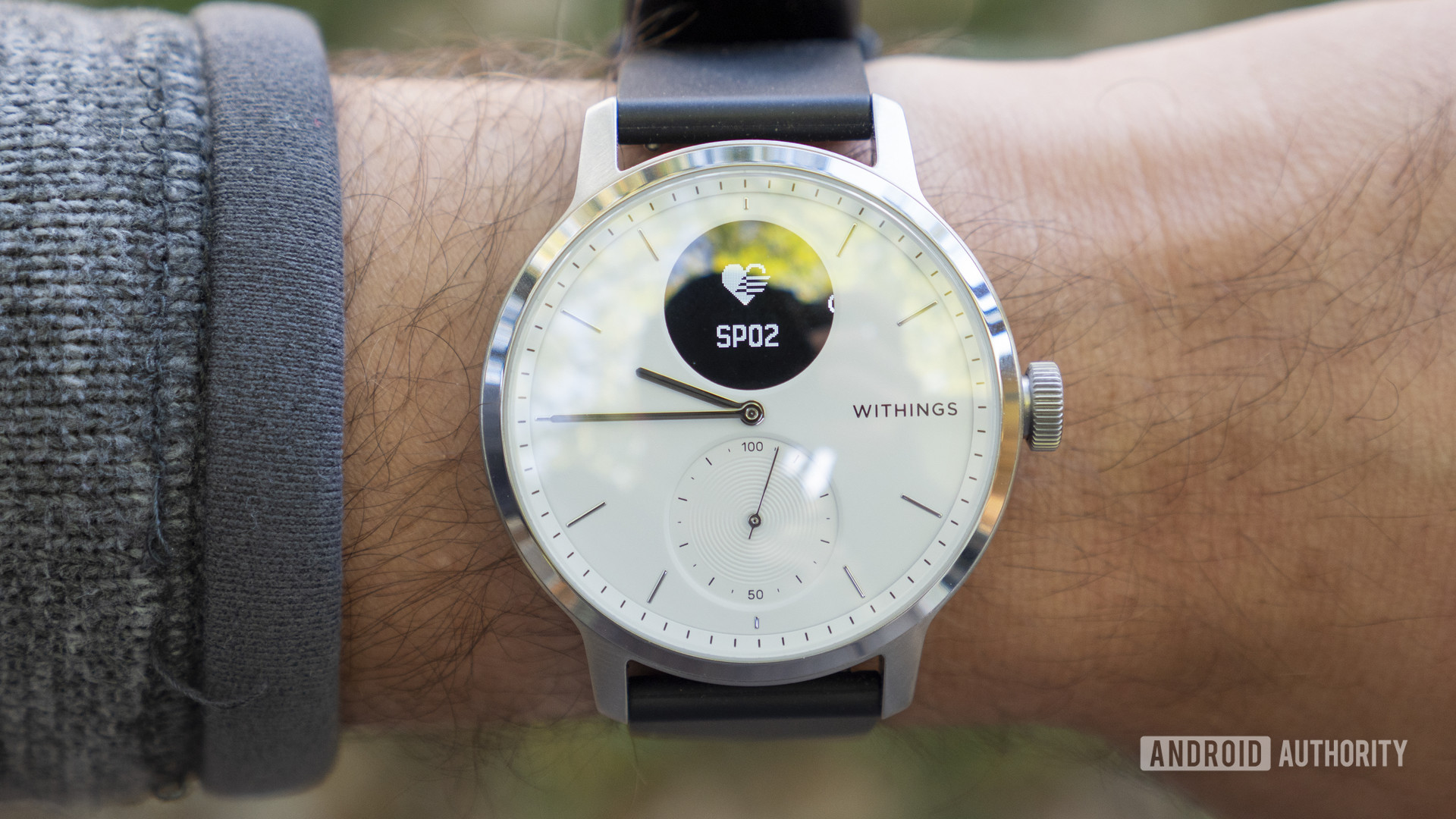
Your fitness tracker is capable of monitoring all kinds of data. The problem is keeping track of what it all means. SpO2 is just one example of a lesser-understood metric that can provide insight into your health and wellbeing. You’ve probably seen it in your health app’s dashboard, but just what does it indicate and what are you supposed to do with that information? We break down exactly what SpO2 measures, what good SpO2 levels look like, and more.
What is SpO2?
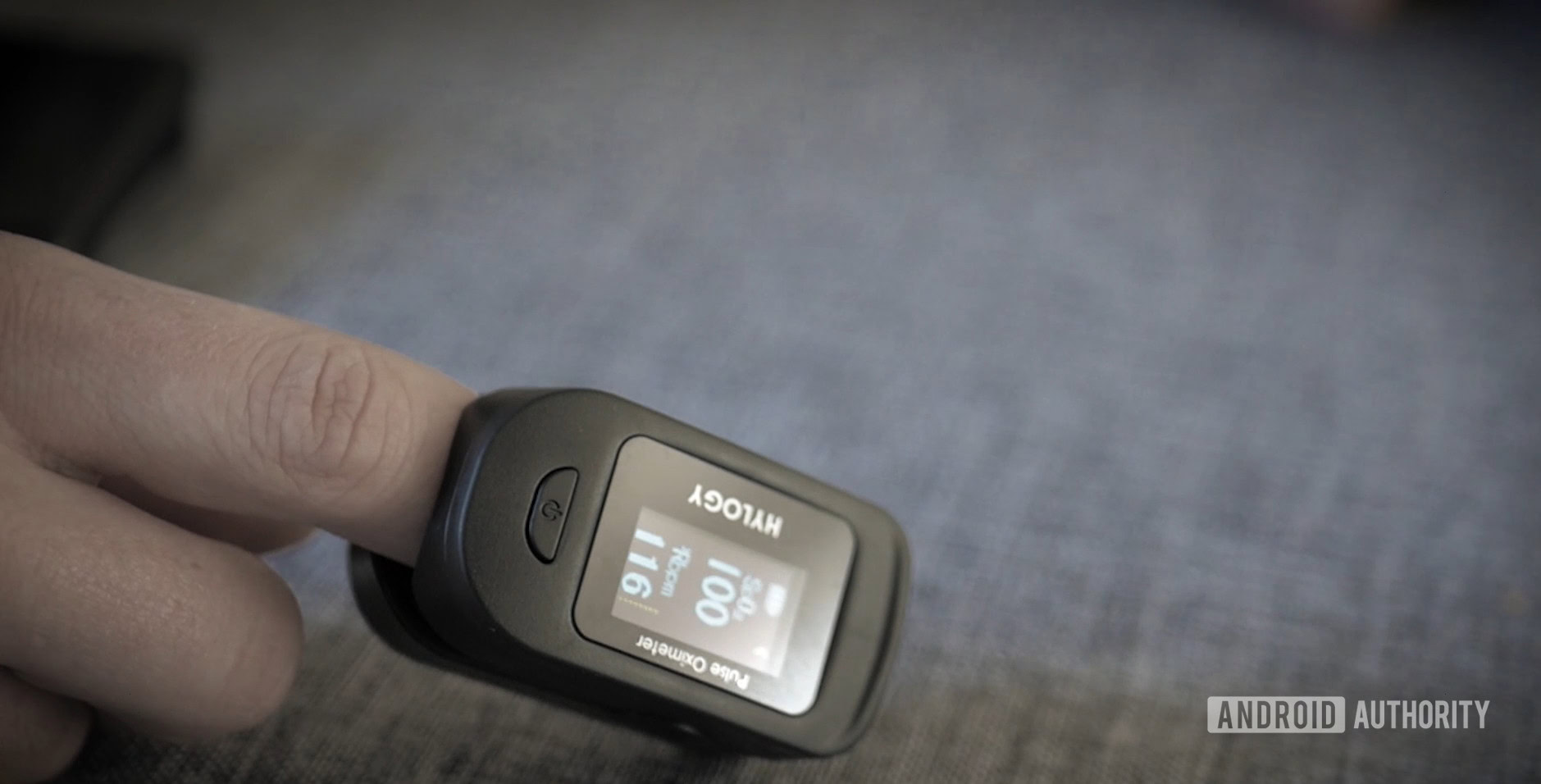
Put simply, SpO2 is a measure of blood oxygen saturation. The more oxygen you have in your blood, the higher your SpO2 levels are going to be. Seeing as our bodies need oxygen to survive, we can broadly state that higher SpO2 levels are a good thing. Low levels of blood oxygen, conversely, can lead to symptoms known as hypoxemia.
A normal SpO2 reading is anything between 95% and 99%.
It is more accurate to say that SpO2 is a measure of hemoglobin. For those that have forgotten their high school biology, hemoglobin are red blood cells that contain oxygen and carry it around the body. The body replenishes its oxygen stores naturally through regular breathing. Oxygen enters through the mouth and nose, then passes through tiny sacs and blood vessels in the lungs (called alveoli and capillaries) into the bloodstream.
When we run, lift weights, or otherwise “train,” we increase our body’s demand for oxygen. Thus, our breathing and heart rate increase to meet the increased demand. Devices such as the Samsung Galaxy Watch 4, Apple Watch Series 7, Fitbit Versa 3, Xiaomi Mi Band 6, and countless others all offer SpO2 monitoring.
How do fitness trackers measure SpO2?
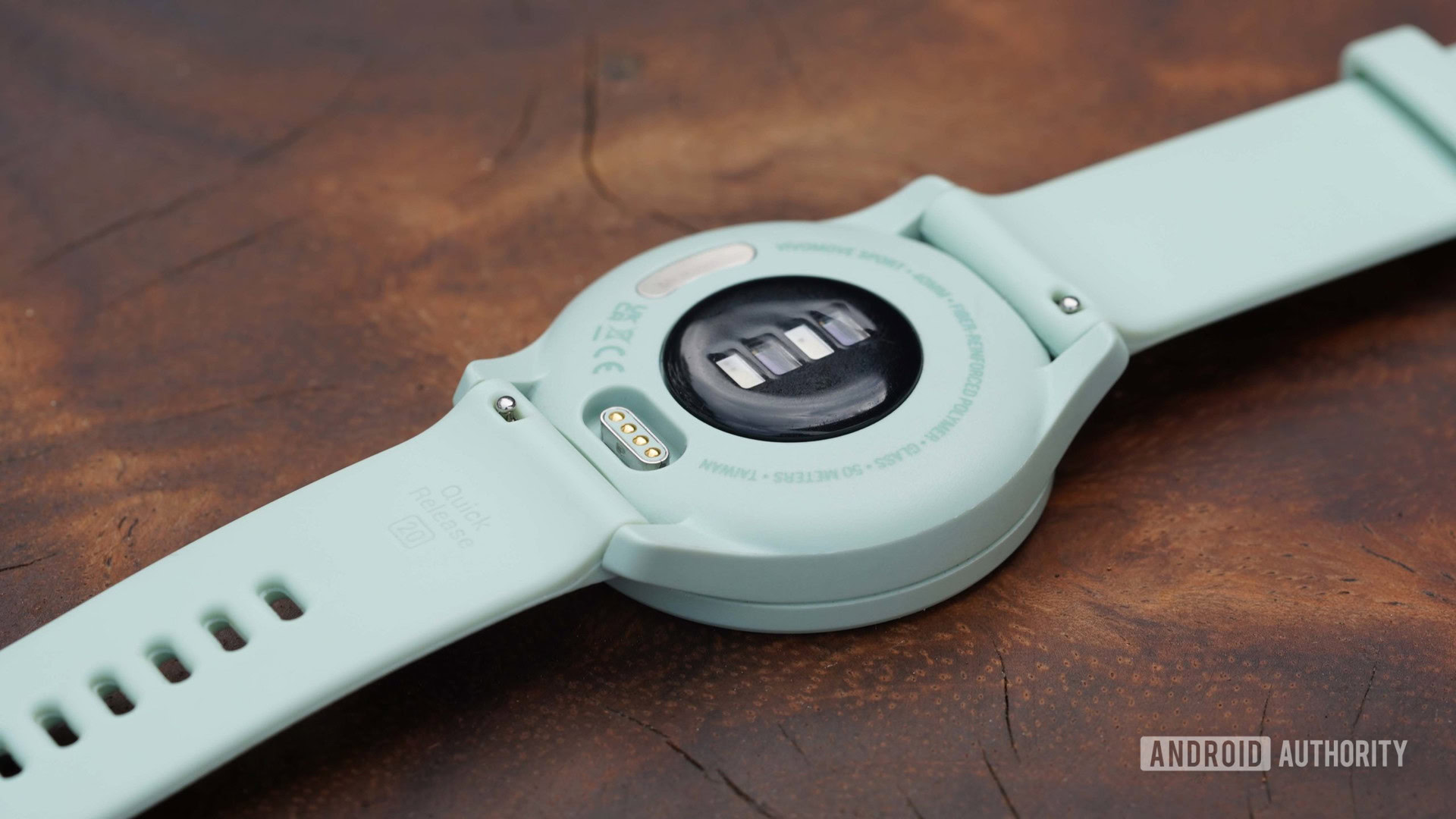
Fitness trackers and other devices called pulse oximeters can measure SpO2 levels. These work in a similar manner to wrist-worn heart rate monitors by shining light of a particular wavelength (usually infrared) through the skin. A highly sensitive photodetector effectively allows the device to “see” the hemoglobin in your blood vessels.
The main difference between a fitness tracker that measures SpO2 and a pulse oximeter is that the latter is placed on the fingertip. This is the ideal spot to take a reading and makes these dedicated devices more accurate.
Also read: Garmin vs Fitbit
Even with pulse oximeters, measuring SpO2 is not an exact science. Everything from skin tone to ambient light, to movement, can all impact accuracy. Fitness trackers attempt to counteract the challenge of movement skewing the results by using algorithms that account for data from the accelerometer/gyroscope, but this can only achieve a certain degree of accuracy.
For these reasons, manufacturers are very keen to point out that their devices should not be used for medical diagnosis. Only a handful of wearables are certified as medical devices to offer SpO2 readings, one of which is the Withings ScanWatch.
Why should you care?
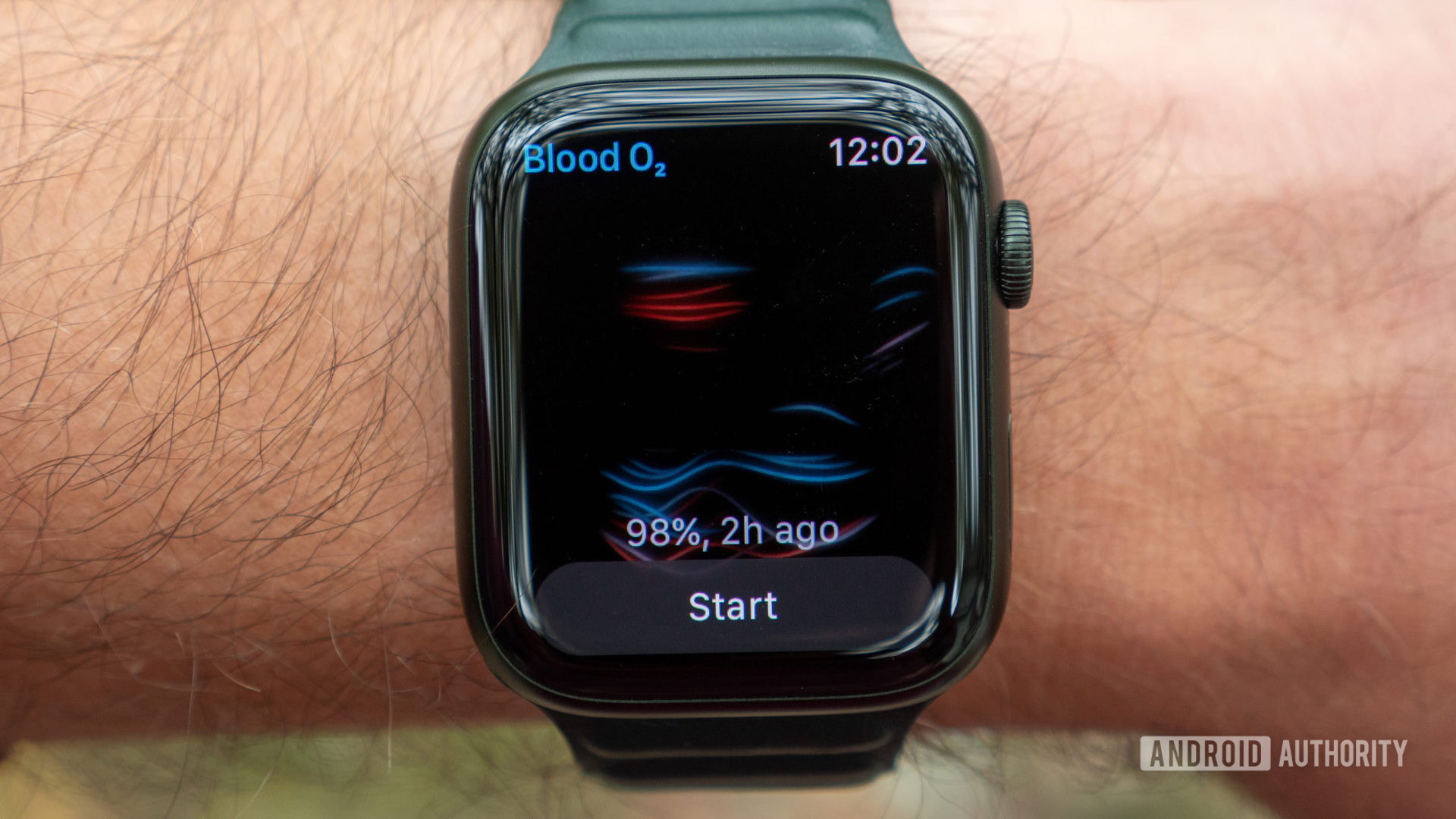
So, why should you care about how much oxygen is in your blood? Well, for the most part… you probably shouldn’t. SpO2 data is, broadly, useful for two categories of people:
- Athletes whose training requires them to carefully monitor SpO2 (divers and climbers that train at high altitudes, for example)
- People with health conditions affecting their breathing
Perhaps a third category could be:
- Biohackers and those interested in experimenting with techniques such as the Wim Hof method
Sleep apnea
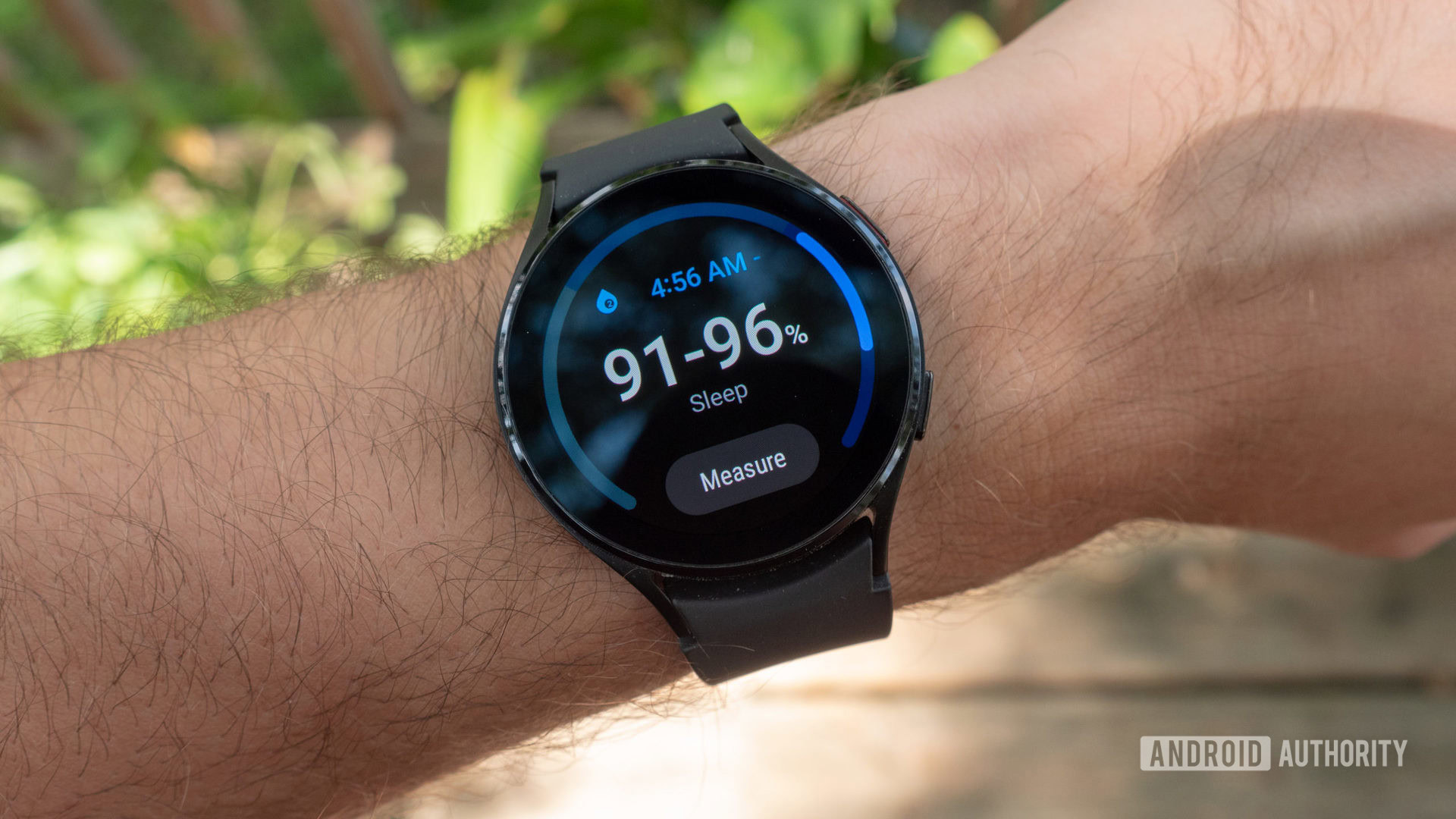
SpO2 monitoring can also be a useful indicator of sleep apnea. Sleep apnea is a condition that causes a person to wake up intermittently in the night due to difficulty breathing. This can occur due to physical blockages that hamper breathing (obstructive apnea) or interference in the signals sent by the brain telling the body to breathe (central apnea). The individual wakes up in the night to gasp for air but often isn’t consciously aware that this is happening. The result is that such people often wake up feeling extremely unrested and tired, and may even be dangerous behind a wheel.
See also: How does Fitbit Sleep Score work?
A device that measures SpO2, as well as movement during sleep, can potentially alert an individual to possible symptoms of sleep apnea. Of course, your SpO2-capable wearable needs to be able to track blood oxygen levels while you sleep. Some of today’s wearables only allow for spot checks throughout the day, while others run automatically overnight. Usually, SpO2 monitoring throughout the night significantly decreases the wearable’s battery life.
SpO2 and COVID-19
There is a little confusion surrounding the link between SpO2 levels and COVID-19. Because some healthcare providers use pulse oximeters to help diagnose the coronavirus, there has been a rush to order these devices.
COVID-19 is a condition affecting the lungs, meaning difficulty breathing can be an indicator of the virus. As such, SpO2 monitors can be useful as a tool to see how a person is coping with the virus. Wearable SpO2 monitors can even provide a useful early warning sign for complications such as pneumonia.
However, SpO2 monitors are not perfectly accurate.
SpO2 monitoring on wearables is not meant to replace medical advice and can even give false readings. Also, note that plenty of conditions other than COVID-19 can cause difficulty breathing. If you are experiencing any medical concerns you should seek guidance from your doctor.
Altitude training

When training at altitude, it is more difficult for us to extract a proper amount of oxygen from the air. Oxygen levels at sea level are typically around 21% but can drop to 15% at altitudes of over 3,000m.
Training at altitude can force useful adaptations in an athlete, helping them to utilize oxygen even more efficiently. After a few weeks, the body will begin producing more red blood cells, for example. Within days, different adaptations can alter the way those red blood cells hold onto oxygen. Until these changes occur, an athlete may find they feel sluggish as less oxygen is delivered to the muscles. Thus, an SpO2 sensor can help individuals train safely and see the benefits of altitude training.
Note that altitude masks do not truly simulate the experience of training at altitude and won’t trigger the same adaptations. That said, they can provide other useful benefits, such as strengthening the intercostal muscles.
Breathing techniques
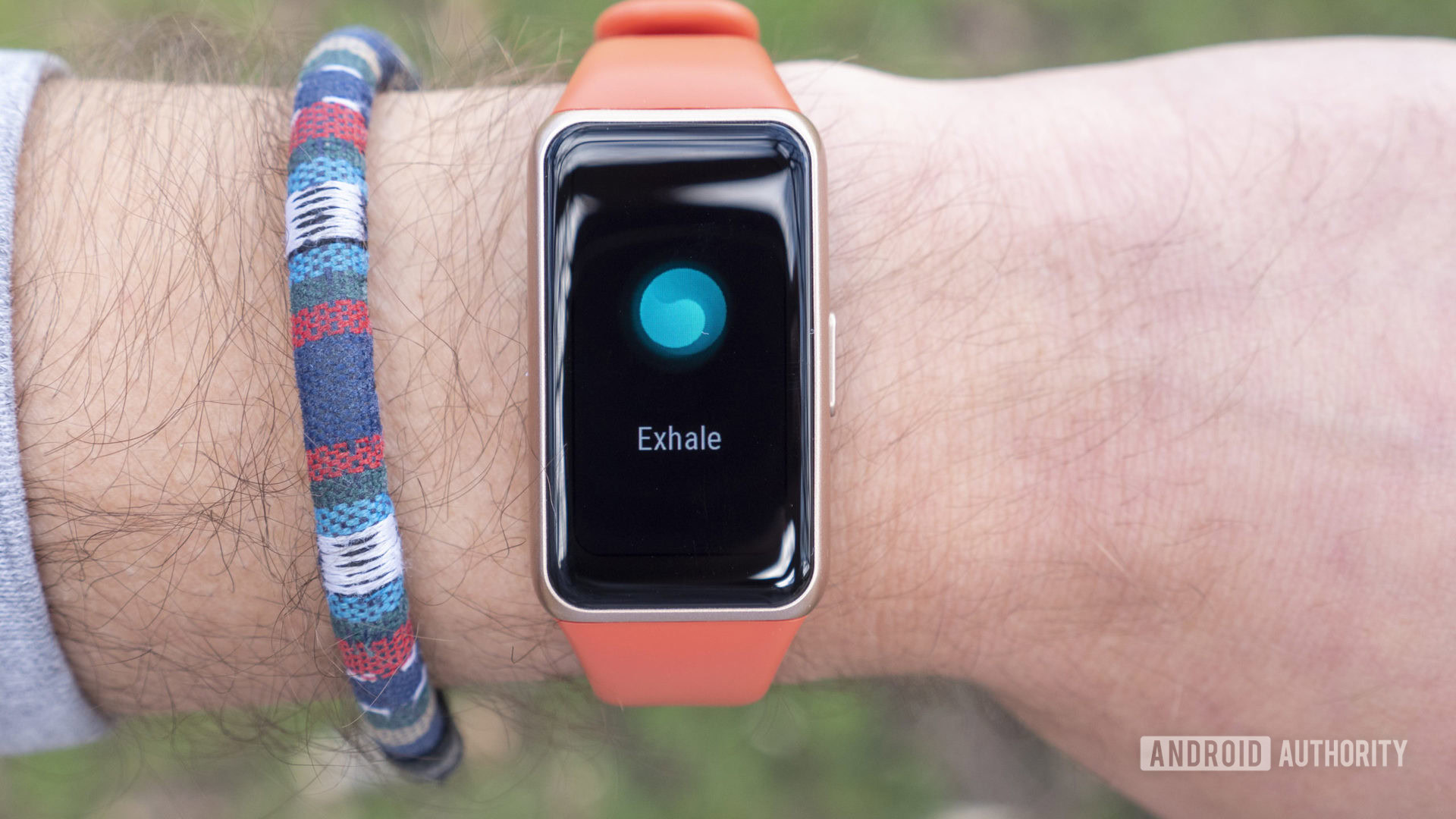
Biohackers use a variety of breathing techniques to alter their physiology. The Wim Hof technique is perhaps the best known of these and some claim it can strengthen the immune system, increase energy levels, and more. Wim himself is an eccentric and charismatic individual who is known for feats such as running up Mount Everest in his underpants.
The Wim Hof technique is complex and somewhat controversial, but it serves as a useful demonstration of the complexity of SpO2 and the body in general. The process involves taking a series of deep inhalations with very shallow exhalations. After 30 rounds of this, you then take a last deep breath and let it out slowly. Finally, you hold your breath for a further 15-20 seconds.
This practice saturates the blood with oxygen (which is where SpO2 reading can come in handy) and drastically reduces carbon dioxide. It doesn’t have the effect you might imagine but rather simulates hypoxia. Why? By lowering carbon dioxide and lowering the blood’s pH level, you prevent the body from using the stored oxygen. It’s through this same process that hyperventilation can cause someone to pass out. The result is a sympathetic response that elevates the heart rate, releases anti-inflammatory cytokines, and provides a rush of energy.
So, that’s how SpO2 works and what you can do with it. For most of us, it’s a useful feature for monitoring sleep and perhaps getting just a little insight into the way our body handles training. For those interested in hacking their physiology or training at altitude, it may have a few other benefits.
Up next: What is heart rate variability and why does it matter?